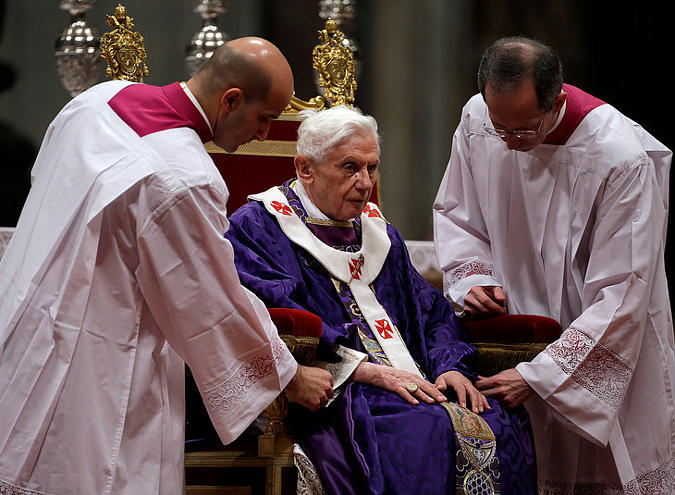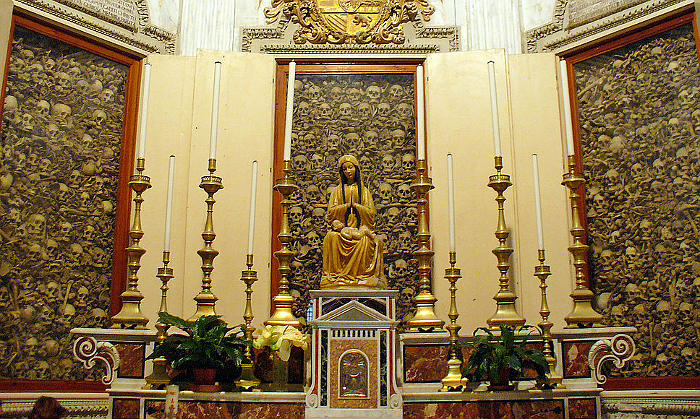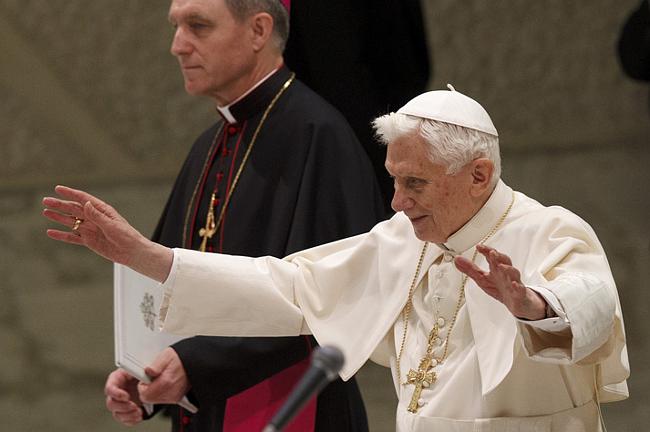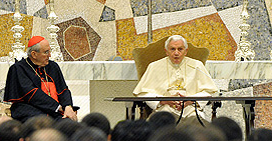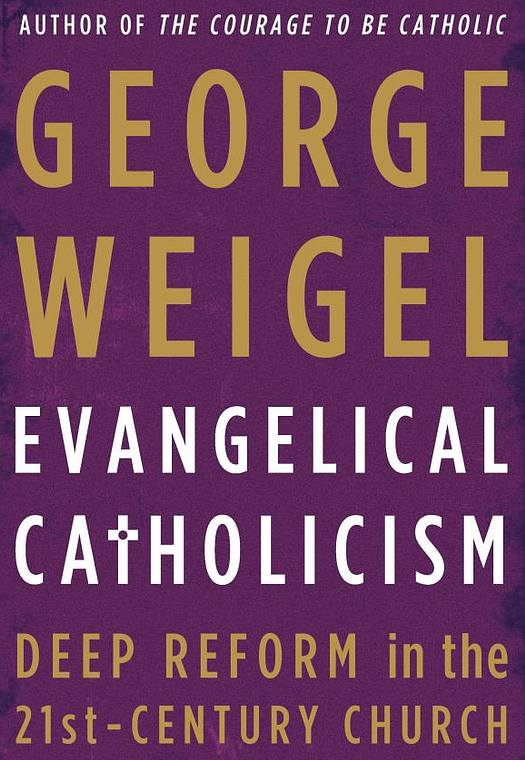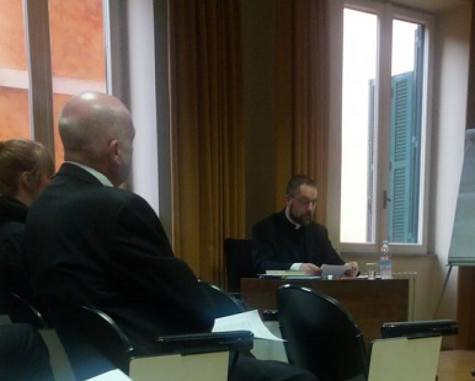Interessant intervju med F. Claes Tande i Morgenbladet om pavens avgang
Jeg leste hele intervjuet her i dag tidlig – her er et utdrag:
– Du sa noe på tv som tydet på at du visste at paven ville gå av?
– Nei, jeg visste det ikke, men det kan synes åpenbart i etterkant. … I 2009, under et besøk i den italienske byen L’ Aquila, tok han av seg sitt pallium, verdighetstegnet han bærer rundt nakken, og la det på sarkofagen til pave Celestin V.
– Det kunne han ha gjort hundre ganger uten at jeg hadde tatt notis av det.
– Så ble det da heller ikke tolket riktig av alle der og da. Men Celestin V var paven som abdiserte samme år som han ble innsatt, nemlig i 1294. Noen sa selvfølgelig dermed at nå er det like før paven går av – noe Vatikanet avsannet straks. Men for folk som følger med bedre enn meg, ble det klart at han der uttrykte sin respekt for forgjengerens valg. Han ga det et meget personlig godkjennelsens tegn.
– Han kunne ha klekket ut en mindre kryptisk måte å gi et signal på?
– Husk at pave Benedikt er en from mann, og denne gesten var nok ikke primært et hint til verden, men noe han gjorde av fromme grunner.
– Så var det visst enda et tegn, den oppmerksomme kunne ha snappet opp?
– Ja, i 2010 utkom boken Verdens Lys, basert på den tyske journalisten Peter Seewalds mange og lange intervjuer med paven. Der ble Benedikt spurt: Kan en pave tre tilbake? Benedikt svarte: «Når en pave kommer til klar erkjennelse av at han fysisk, psykisk og åndelig ikke lenger kan klare sitt embedsoppdrag, så har han en rett, og under visse omstendigheter en plikt, til å tre tilbake.» Men, så er det et interessant tillegg der. … – Å abdisere kan en pave dog ikke gjøre når faren for kirken eller hans pavedømme er for stor. «Tre tilbake kan man i et fredelig minutt», sa Benedikt. Dette var altså i 2009. Og hva skjedde i 2009?
– Det var vel gjerne overgrepsskandaler i kirken verden rundt, og sikkert også kritikk av pavens syn på homofili og prevensjon og andre av vår tids emner?
– Ja, overgrepssakene fortsatte. Jeg tror faktisk han hadde tenkt å gå av tidligere. Benedikt hadde allerede skjerpet regelverkene, men han ville også være forvisset om at dette faktisk ble implementert over alt. ….

